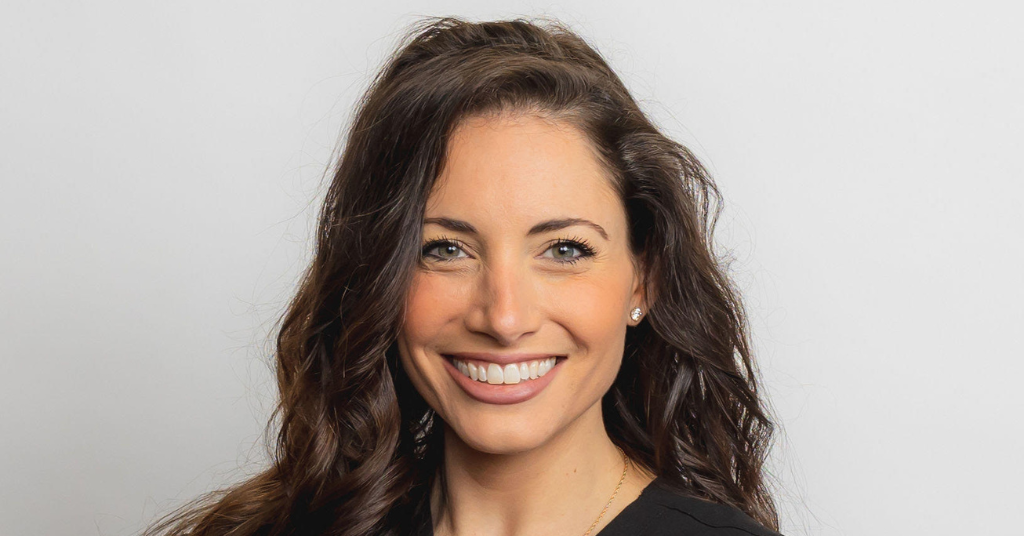
Stranger Things’ Millie Bobby Brown joins list of celebrities opening up about hearing loss
November 7, 2017
Disney’s impressive accessibility for deaf guests includes signing Mickey
November 9, 2017Can my child learn to play a musical instrument with their hearing loss?

I always say that anything is possible in life, although it would be a perfectly understandable assumption for people to think that some activities could be too difficult for deaf people.
Some might believe that music isn’t the easiest medium for deaf or hard of hearing people to access, but luckily there are many inspirational deaf musicians, such as Mandy Harvey, Sean Forbes and Evelyn Glennie who are fantastic ambassadors and proof that music can be enjoyable to all.
Inspirational Role Models
Our very own hEARo Eloise Garland, musician, teacher and singer promotes full inclusion and access to music. Her passion shines through and her message she conveys to others is how important and accessible music can be to deaf people. She runs workshops and teaches deaf children and young people who thrive from her knowledge, insight and love of the beauty of music.
Learning to play an instrument
As a parent, you might not have previously considered if your child could learn to play a musical instrument. Especially in my situation, learning to communicate and keeping up with my peers at school was hard enough. I don’t think my parents even really contemplated the idea to start with, as there were so many other priorities.
I’m not sure where my interest came from really. My mother was quite musical. Not brilliantly so, but she clearly had a love of music of any form. They say that babies can hear music from the womb. I learnt recently that when I was a young baby, she would always have the radio playing in the background for me to listen to. How ironic and sad for her to learn nearly a year later that I could never have heard any of the music as I had been born profoundly deaf.
‘Don’t stop me now!’
That didn’t stop me though thankfully. As my mum had played the clarinet when she was younger, she asked for a new instrument for her 40th birthday. When she opened her prized gift, as an inquisitive child I asked if I could ‘have a go’. Well that was the last she saw of her present! From that moment on I started to play, went on to have lessons, passed my first exam, played in a wind band and discovered a whole new world of notes, rhythms and melodies.
Challenges along the way
It won’t always be easy. As any child, it might be a bit of trial and error to find the right instrument for your child. As with learning everything, there will be highs and lows, but it should be something you learn for pleasure first and foremost. To date, I still can’t read music very well and I can’t hear the difference between tones which are close together, but these and other challenges haven’t been a problem. Often when I was practising pieces or musical scales for exams in my bedroom, I would hear my mum bellow “C sharp” when I played a wrong note which I couldn’t hear, it was hilarious for me and probably painful for them to hear all the wrong notes!
Music for all
Music impacts all our lives in so many forms. There is no reason why it shouldn’t be the same for deaf people. Even for those who are profoundly deaf, rhythm through touch and sensation can be accessible, therapeutic, stimulating and meaningful. It is amazing to me that a few dots on a page can be translated and transformed into a beautiful tune. How our musicians, composers and songwriters can continually invent and bring to life silent instruments and pages of notes into memorable and uplifting melodies. Music can be so powerful. It can evoke memories or tell a story. Why shouldn’t we as deaf people join in, benefit from and enjoy the delights of creating our own beauty from sound?
A few tips:
1. Individual lessons
It might be worth considering individual lessons for your child as they might benefit from 1:1 teaching.
2. Assistance from a person with music knowledge
It is often more helpful for a child to practise with someone with a basic knowledge of music who can assist them. It is usually more enjoyable than learning on their own.
3. Find what help options are best for you
As your child progresses they might need different ways of helping them. (When I was studying for my first exam, my teacher used visual cues when she accompanied me with the piano)
4. Contact the examining board ahead of time
For exams, it is always advisable to contact the examining board at the time of applying in case some of the parts of the exam are not suitable for a deaf child. They can usually make adjustments and give more time. I couldn’t pitch my voice to do the aural part, but it didn’t matter.
5. Play in a band!
Playing in a group or a band is always possible in the future. (For me, a friend or a relative came along and pointed to the music so I could keep in time)
Read more: 6 tips for musicians with hearing loss
What tips do you have for playing a musical instrument with hearing loss?



